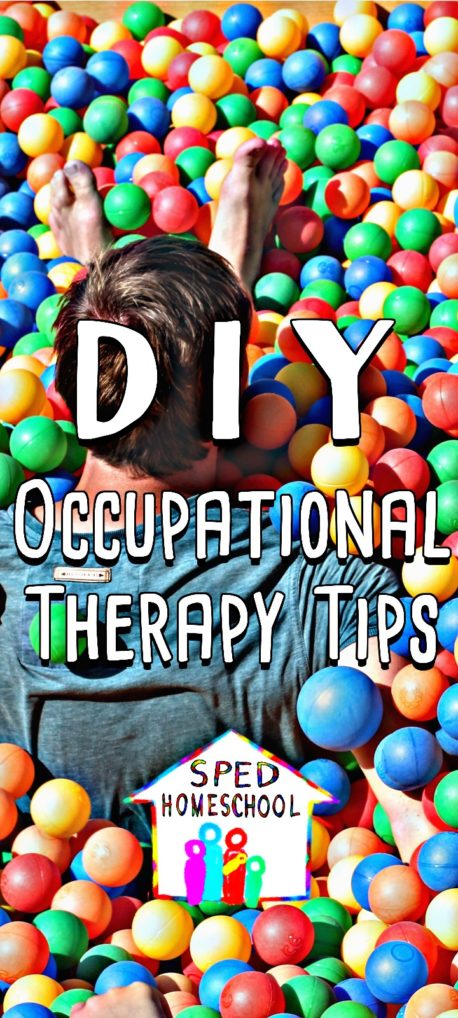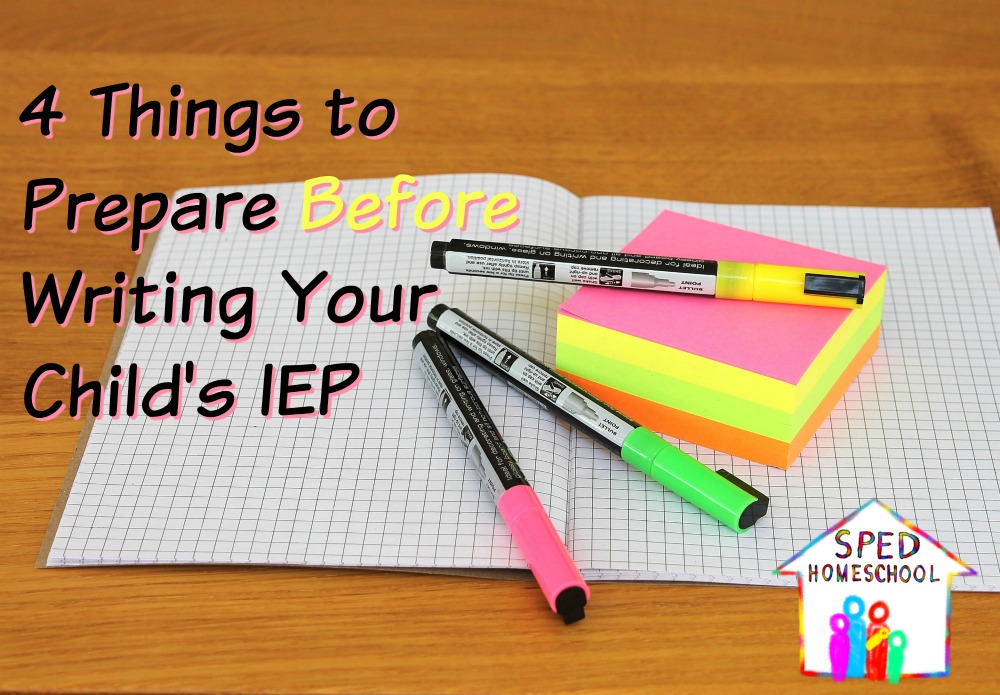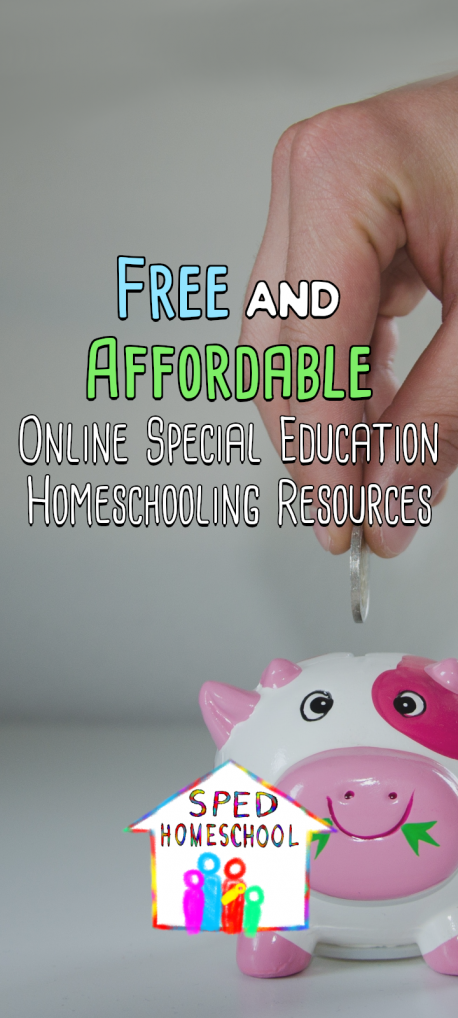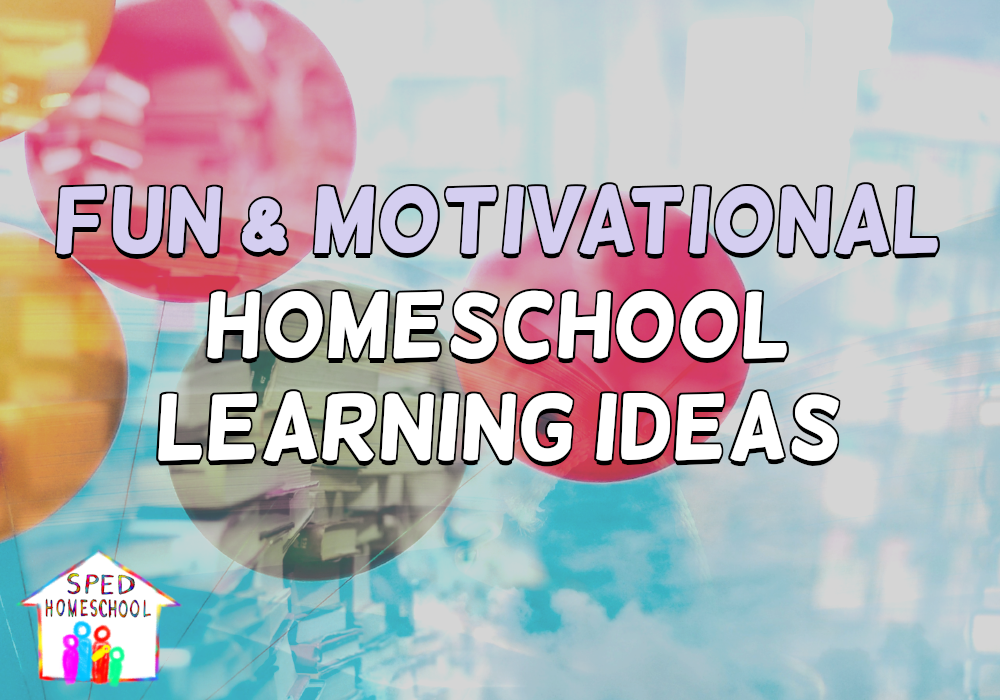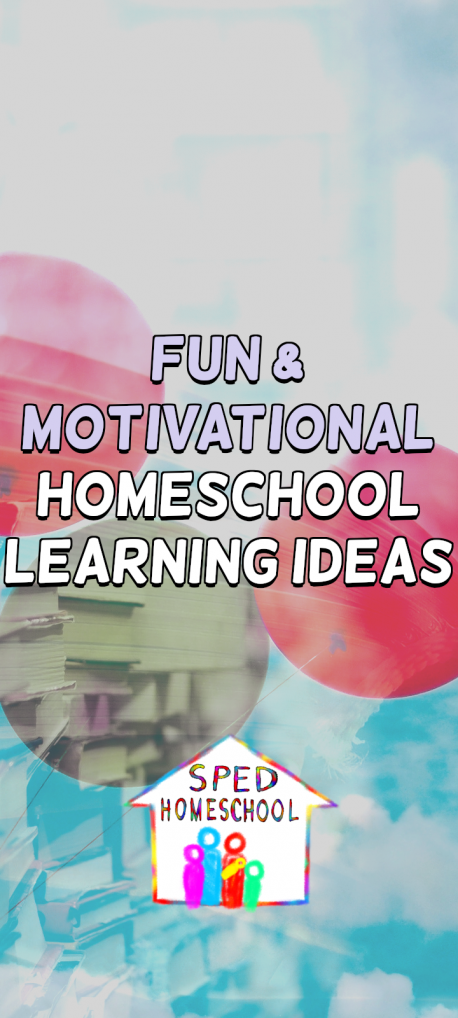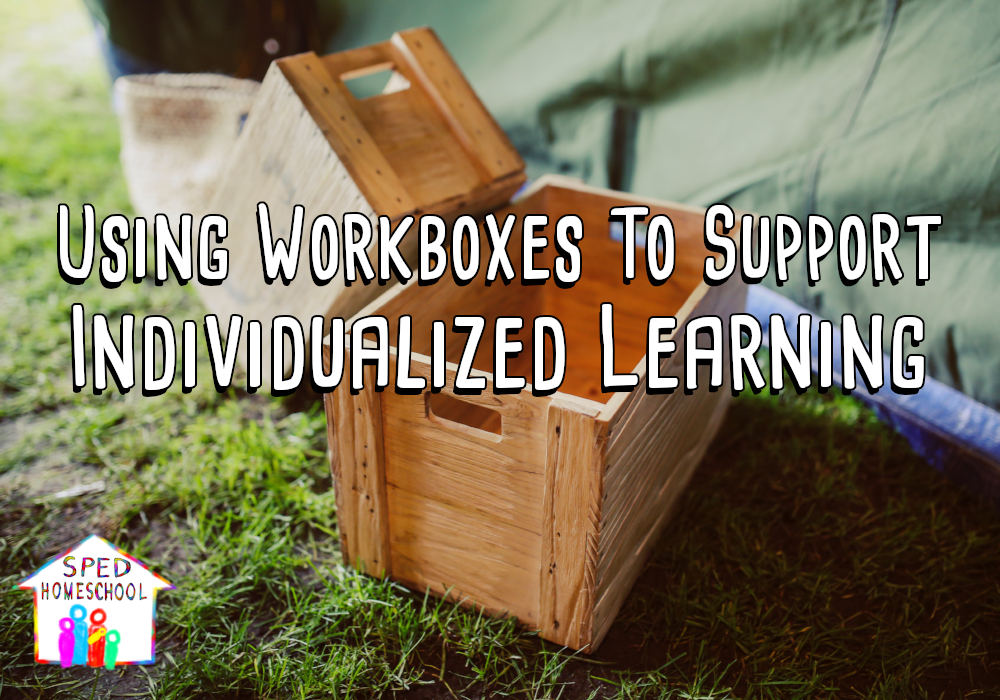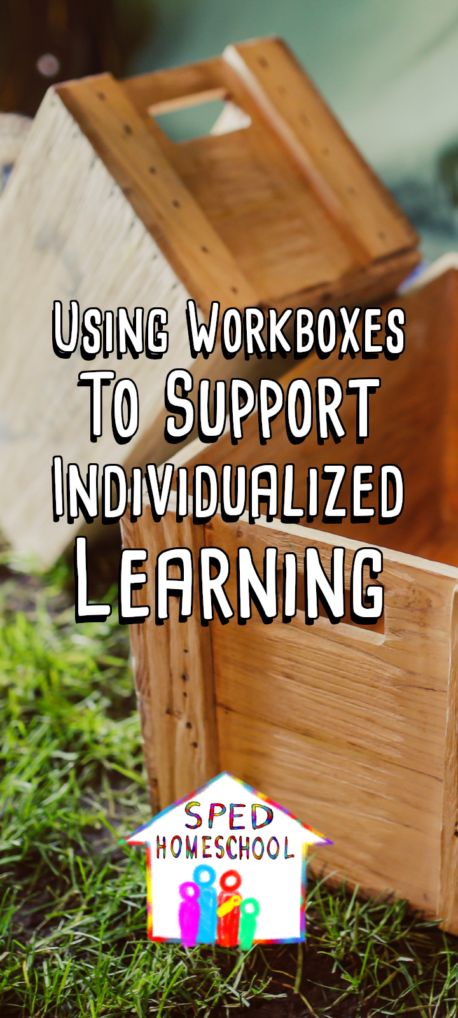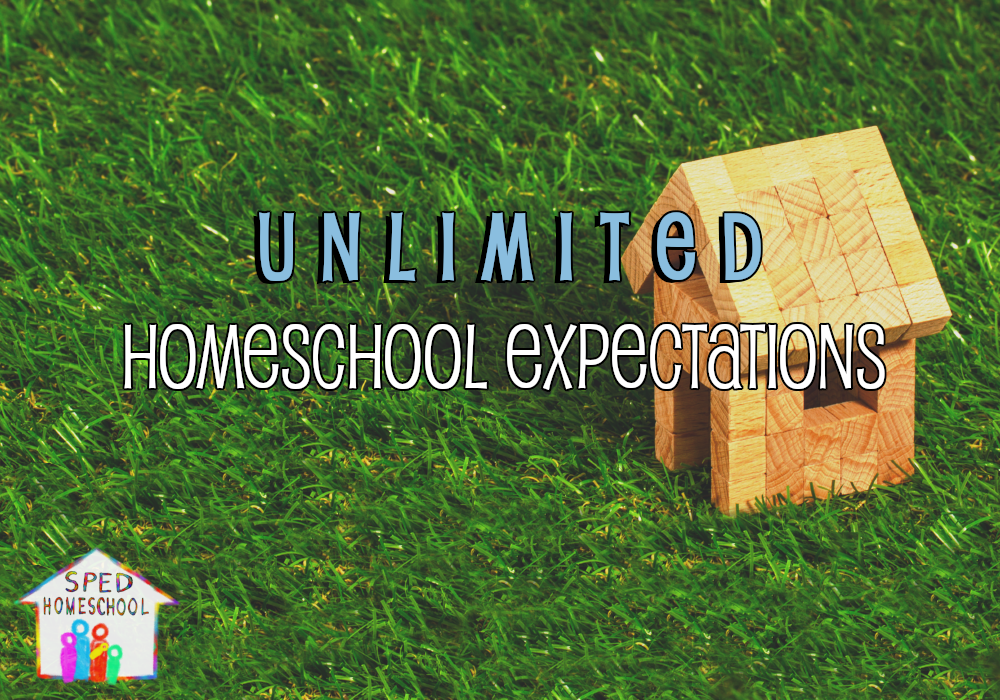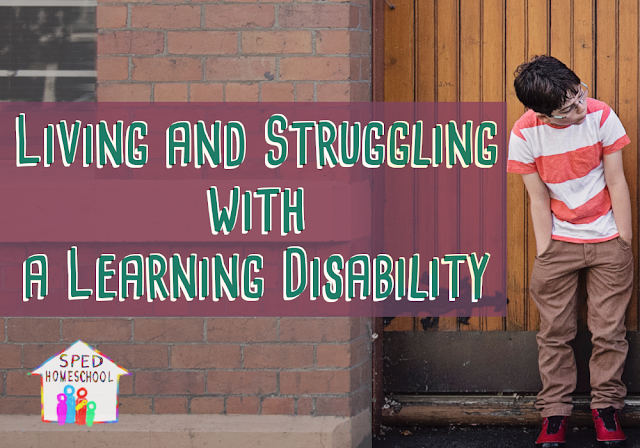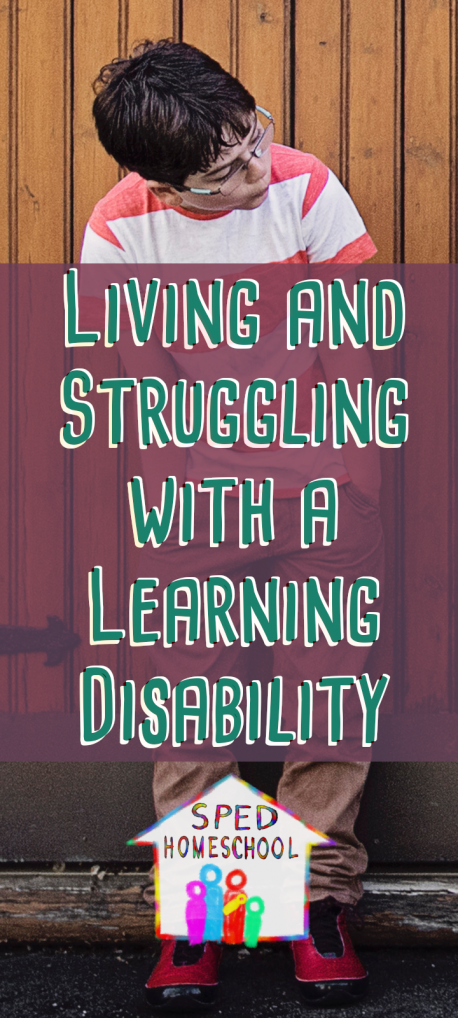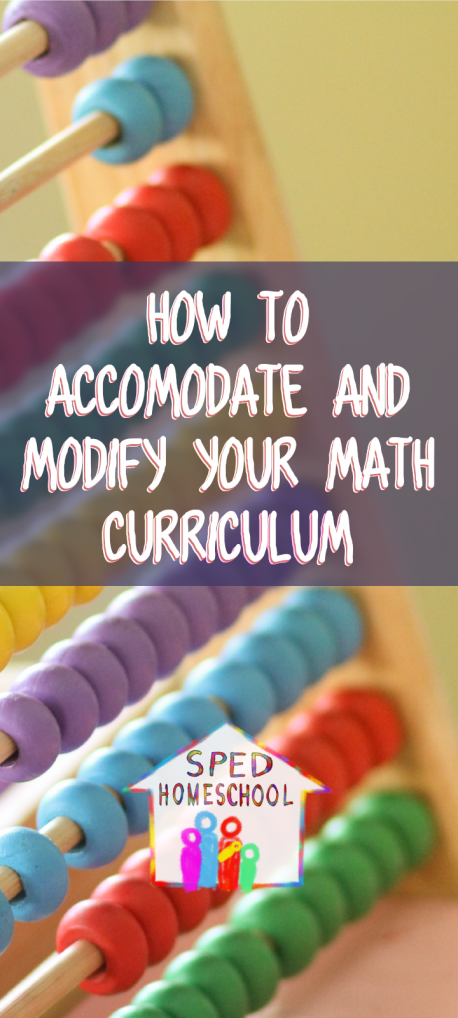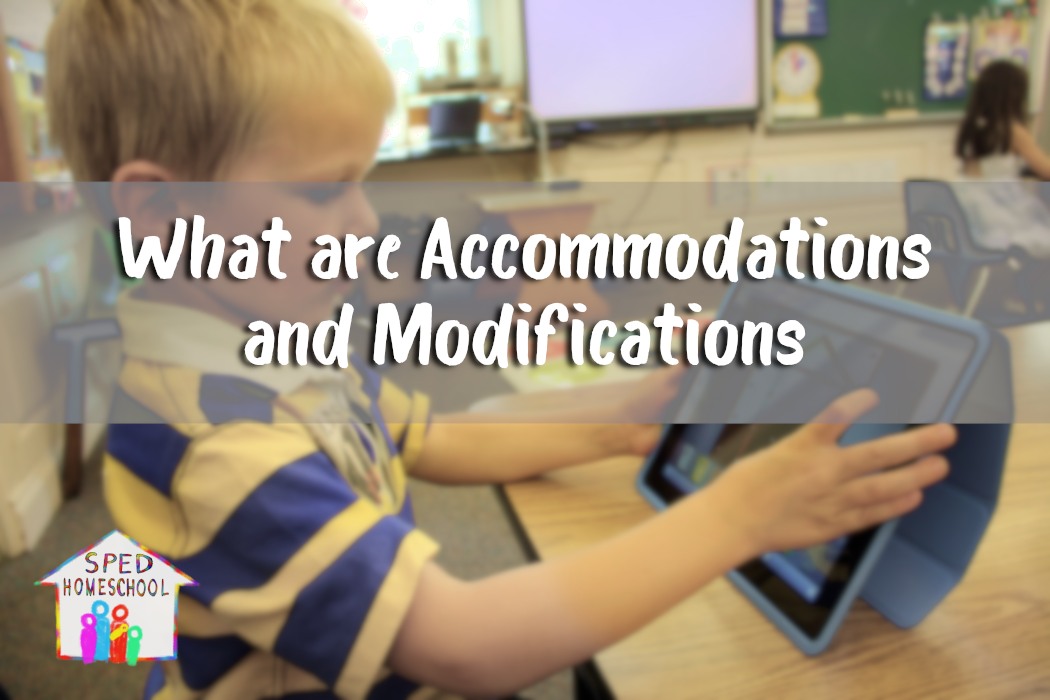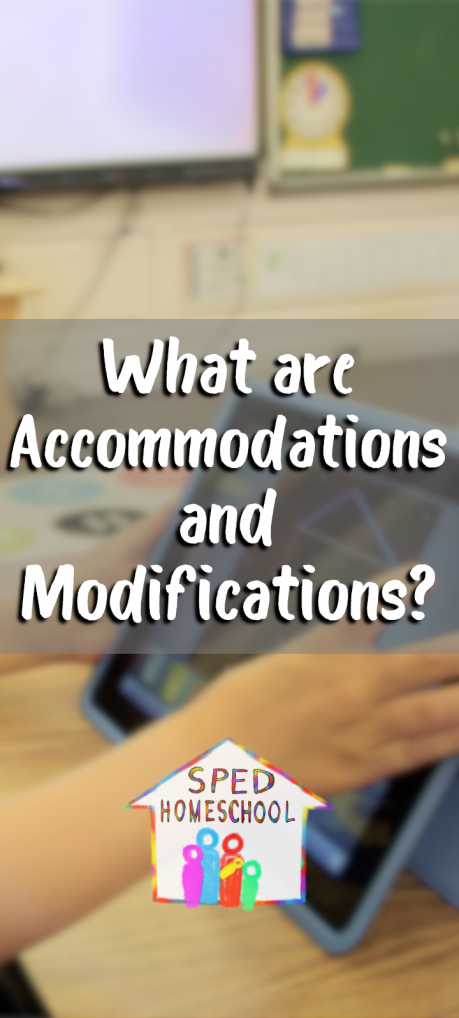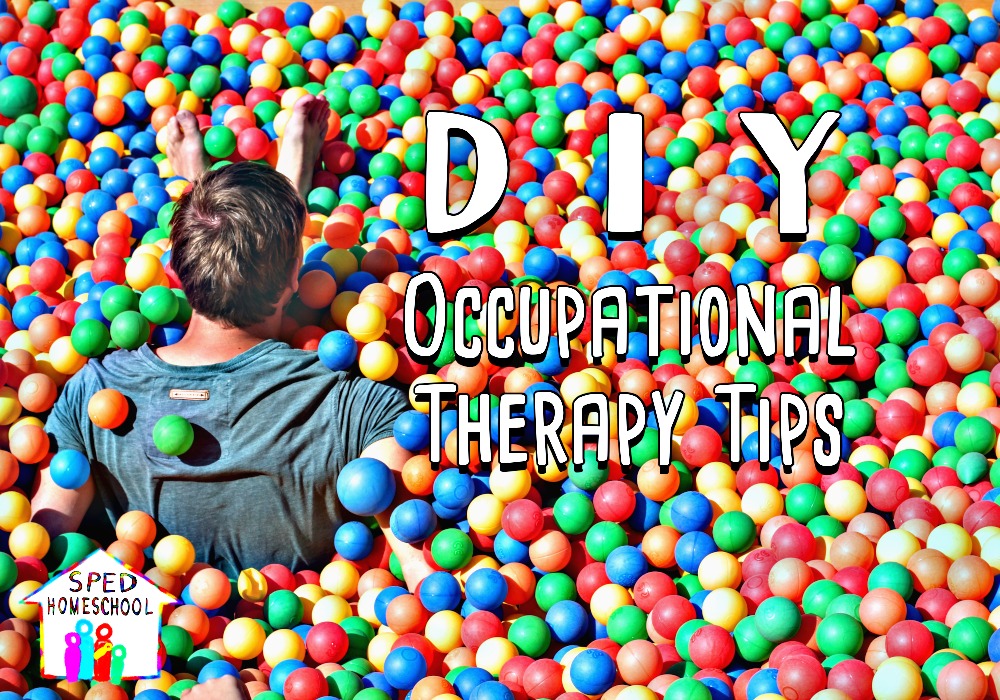
By Dawn Spence
We have been blessed to have a wonderful Occupational Therapist that comes to our home to work with our daughter. Occupational Therapy (OT) can be a valuable tool for children who have special needs. They help with sensory integration, fine motor skills, everyday living skills, and much more.
What if your child needs OT but insurance does not cover it or does not cover as many visits as your child needs?
Here are some tips and links to products that you can use at home to help your child.
1. Special Pencils and Adaptive Tools
My daughter used golf pencils and Y pencils when she was learning to write. Golf pencils are small and force your child to hold the pencil with their thumb and index finger. Broken crayons can also serve this purpose.
Handwriting Without Tears sells these small pencils, but you can buy any type of golf pencil. The next pencil that helps children who have a tight grip or need extra help to put their fingers in the correct position is the “Y” pencil. You can find them on Amazon.
Another adaptive tool that helps children who need to have input when they are writing are weights for the pencil. Each weight is a little different, and you will have to figure out which one is the best fit for your child. Here are some examples.
2. Slant Boards
Some Children need a slant board to visually track while they read and write. They can be expensive, so I took a 3-inch binder and attached a clipboard with velcro. The slant board can also stabilize their paper so that they can focus on writing correctly.
3. Cutting Skills With a Smile
Cutting is not always easy for children with special needs. Sometimes figuring out where to place their fingers can be difficult. Drawing a smiley face on their thumb is a great visual reminder for their finger placement because the face needs to be facing up. KUMON books have great cutting skills books.
4. Using Tweezers to Improve Fine Motor Skills and Pincer Grip
Tweezers can be a cheap, easy tool that can help your child. You can use tweezers to pick up buttons or beads, and while your child thinks they are playing, they are also working their muscles and grip. Lakeshore has some games that you can buy called Feed The Animals Fine Motor Games.
5. Using Special Paper
Writing can have challenges, but finding the right paper can help your child. Using raised lined paper can help the child who needs a tactile writing experience. If your child also needs a visual cue, there is paper that has raised colored lines.
These are some of the tools that you can use at home to help your child be successful in everyday learning activities.
More Ideas
To find more ways to provide DIY therapy for your homeschooled student, make sure to check out the SPED Homeschool Therapy Resources page as well as the SPED Homeschool Occupational Therapy Pinterest board and the SPED Homeschool Therapy Pinterest board .
Did you benefit from this article?
Would you consider a small donation to support the ongoing work of SPED Homeschool?
Click Here to Donate Today
